The Burrell Collection
Gold Award
Images
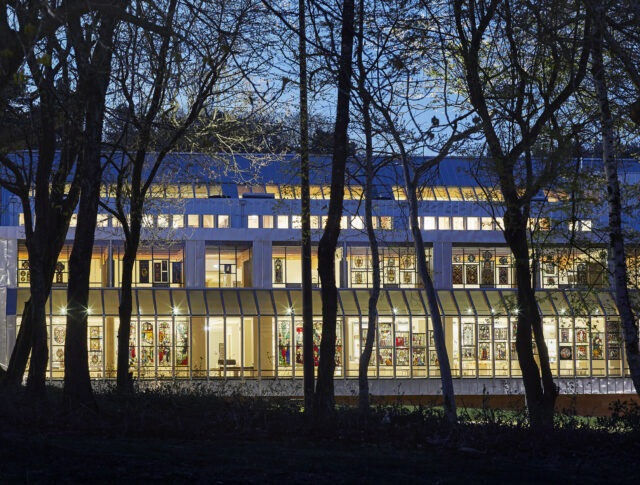
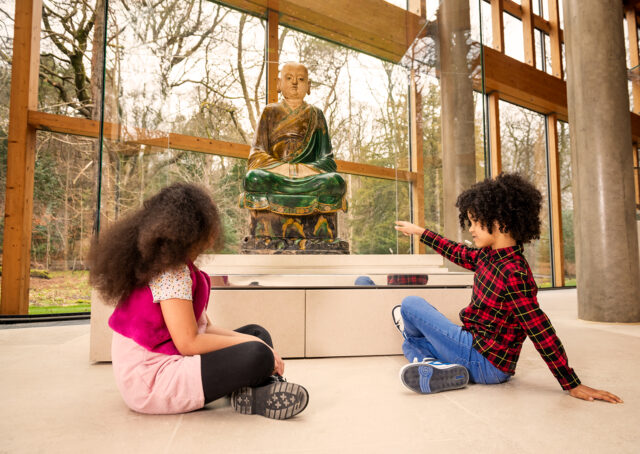
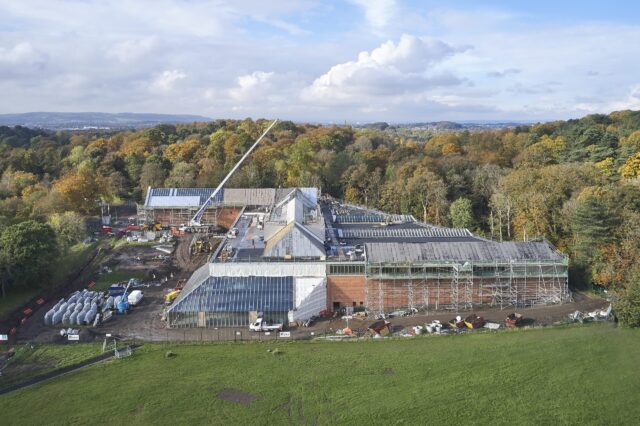
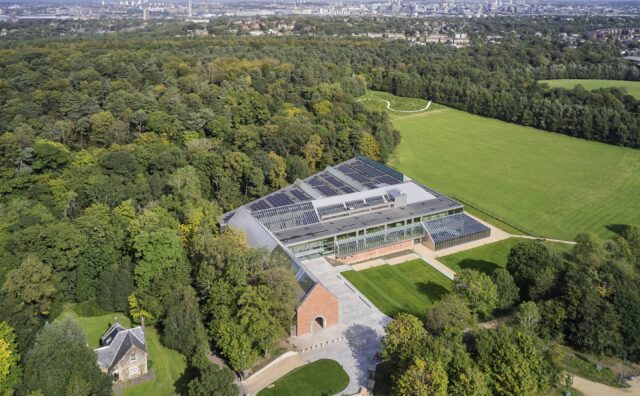
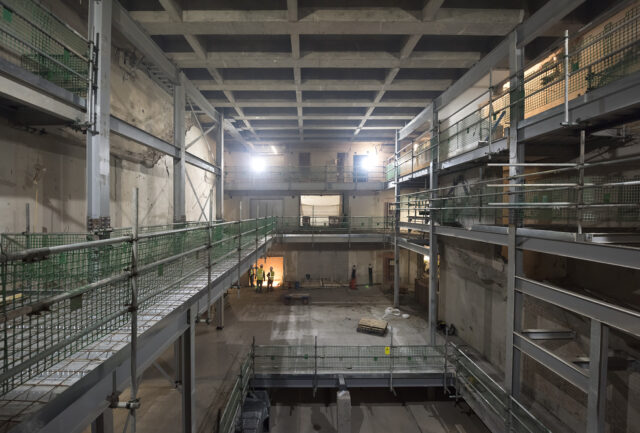
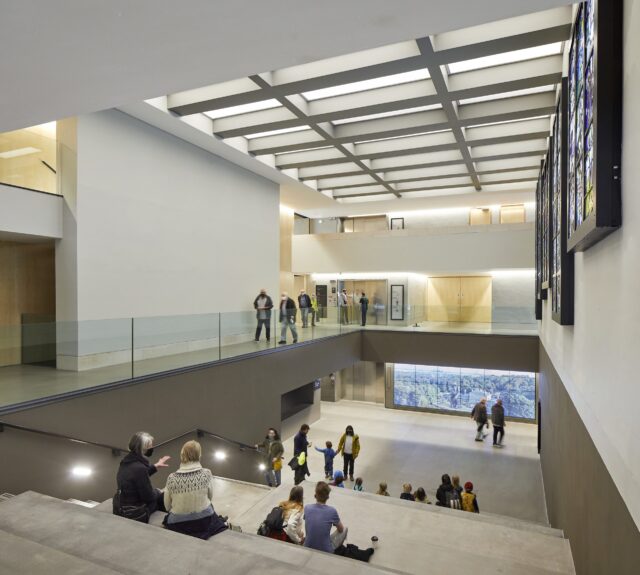
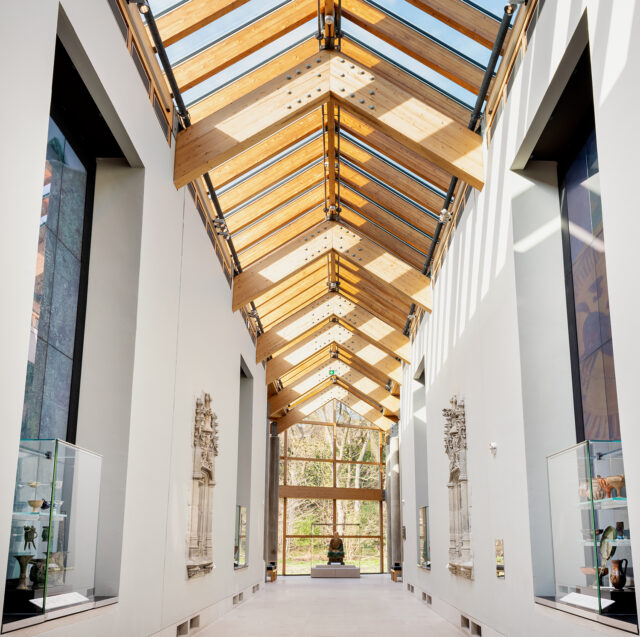
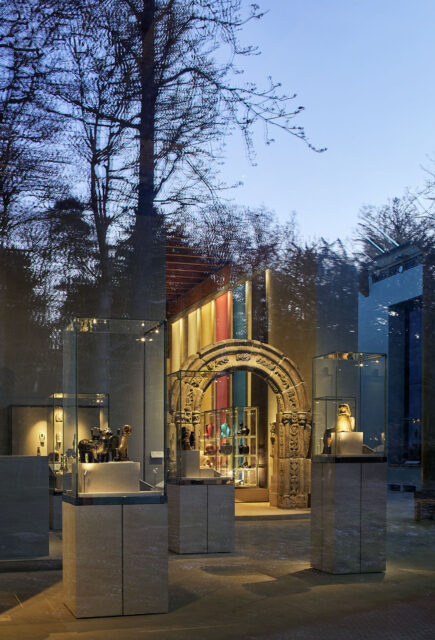
Direct link: https://www.youtube.com/watch?v=oh_Hm3ImMts
Videos
Direct link: https://www.youtube.com/watch?v=bqHWV0WQ_8g
Direct link: https://www.youtube.com/watch?v=cH7dgWxKpZ0
Direct link: https://www.youtube.com/watch?v=GGsq_XXfZa4
Category
ARCHITECTURE: Public Building
Company
Glasgow Life
Client
Glasgow Life / Glasgow Museums
Summary
The Burrell was designed in the 1970’s specifically to provide a home for the Collection. It was formally opened by HRM Queen Elizabeth in 1983 and represents a significant milestone in the cultural renaissance of Glasgow. It is now a much-loved national icon, and its ‘Grade A’ Historic Environment Scotland Listing recognises its international significance in the epoch of 20th century modern architecture. However, 40 years on the building fabric was deteriorating and the building services had become old and inefficient. Also, Visitor research established that there were many issues with access and orientation throughout the building and only very limited provision of accessible facilities. The Collection display also had not changed since the museum was first opened and display standards and interpretation methods had changed significantly over the years. Visitor expectations have increased significantly over recent decades and major interventions were required to ensure the redesign met the expectations of a civic cultural venue. To address these issues and form a project brief, a comprehensive consultation programme was carried out to engage with local people, who provided new ideas and opinions. Interviews, focus groups, advisory panels, surveys and prototype testing led to the engagement of over 15,000 people. This was by far the most comprehensive and extensive consultation programme ever undertaken by Glasgow Life. The engagement established new community networks connecting thousands of people living close to the museum. The ideas and aspirations of local people across adult, family and early years audiences informed the refurbishment brief and decision-making process throughout the project. Glaswegians have a tradition of great pride in their city, and in being vocal in their defence of it. Harnessing this was central to what has been achieved and vastly contributed to the success of building redesign; including the new galleries, public spaces and a dedicated community wing providing space for the local community to further explore the collection through classes and arts and crafts. Architecturally, this is achieved through significant volumetric and engineering interventions offering new journeys and spaces within the museum but also significant is the more delicate conservation & restoration works that makes this building shine once again as a masterpiece of architectural art.
